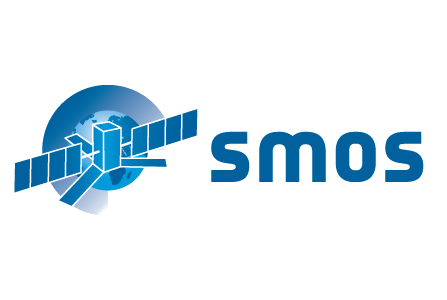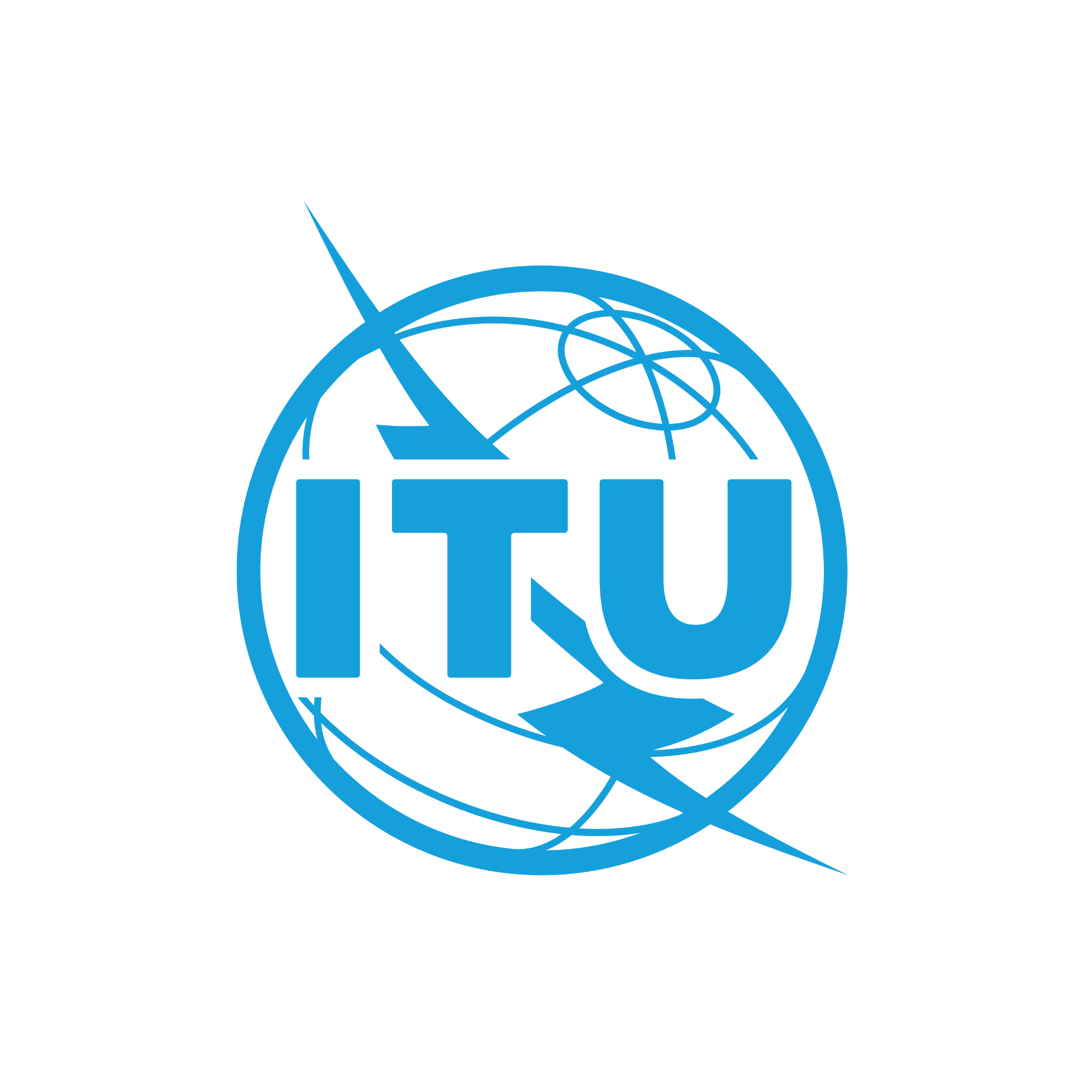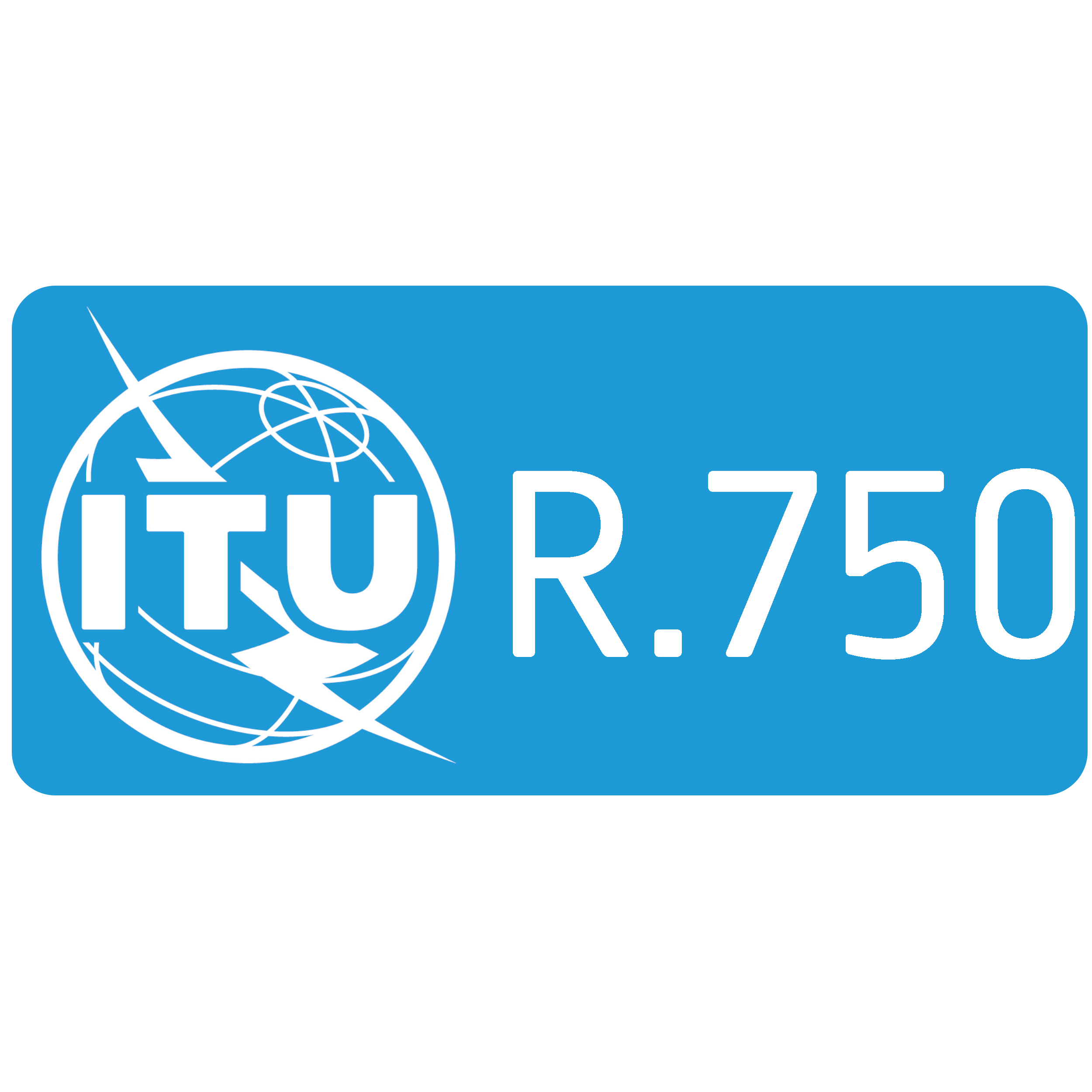SMOS MISSION
The Soil Moisture and Ocean Salinity (SMOS) mission, launched on 2 November 2009, is one of the European Space Agency's Earth Explorer missions, which form the science and research element of the Living Planet Programme. It is the first mission to provide, from microwave L-band measurements, global observations of variability in soil moisture and sea surface salinity due to continuous exchange in Earth's water cycle between the oceans, the atmosphere and the land. These key geophysical parameters, soil moisture for hydrology studies and salinity for enhanced understanding of ocean circulation, are both vital for climate change models. Although designed as a five-year mission, the Programme Board for Earth Observation has recommended the approval of the extension of SMOS mission operations based on its excellent technical and scientific performance until end 2021 (and beyond). This enables enhanced analysis of longer-term process and new synergistic opportunities from new observing systems.
Radio Frequency Interference
The 1400-1427 MHz frequency band is allocated on a primary basis to the EESS (passive), the Space Research (passive) and the Radio-Astronomy Services. The 1400-1427 MHz range is a purely passive band, where all in-band emissions are prohibited according to the International Telecommunications Union (ITU) Radio Regulations (RR) No. 5.340. The unwanted emissions from active services operating in adjacent frequency bands have the potential to cause unacceptable interference to EESS (passive) sensors. In an effort to address this potential unwanted emission interference, the maximum power levels of emissions falling into the adjacent 1400-1427 MHz frequency band are limited according to the ITU-R Resolution 750.

SMOS RFI Detection and Monitoring
Initial detection of RFI is based on the following thresholds for the brightness temperatures (BT):
BTX > 350K
BTY > 350K abs(RealBTXY) > 50K
abs(ImBTXY) > 50K
If these thresholds are exceeded, the emitters are considered man-made emissions (for details about the detection method click here and here). When applied to a window of 15 days, it allows to have a reference RFI probability map. The following video shows the evolution of RFI probability worldwide.

SMOS RFI Team at ESAC
European Space Agency (ESA) | European Space Astronomy Centre (ESAC)
Camino bajo del Castillo, s/n | Urbanización Villafranca del Castillo
Villanueva de la Cañada | E-28692 Madrid, Spain
Email: smos.dpgs.rfi@esa.int



